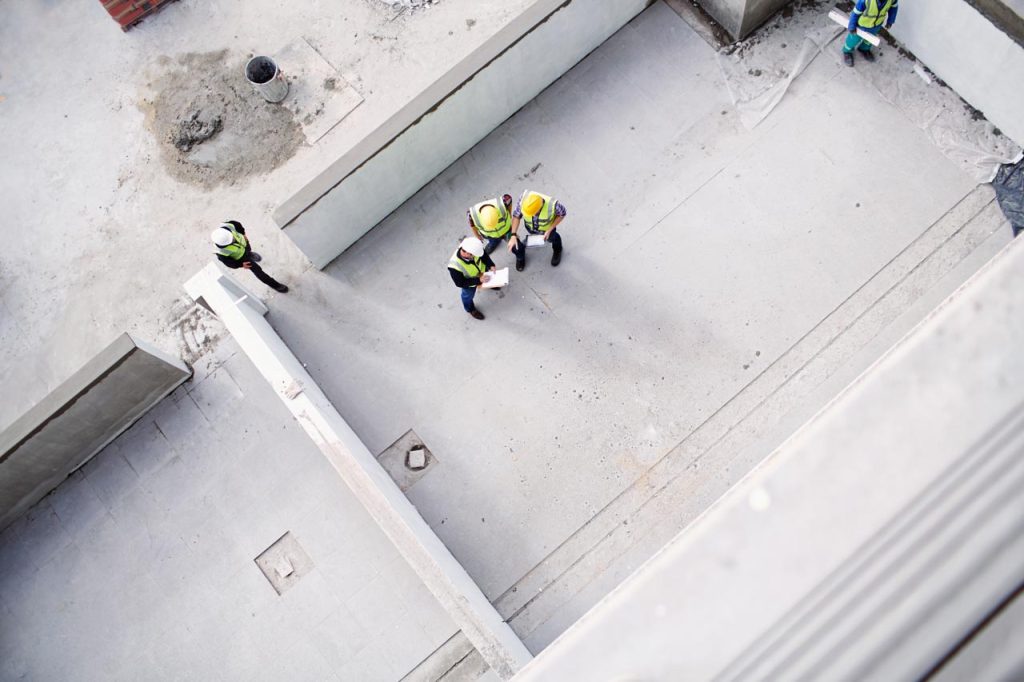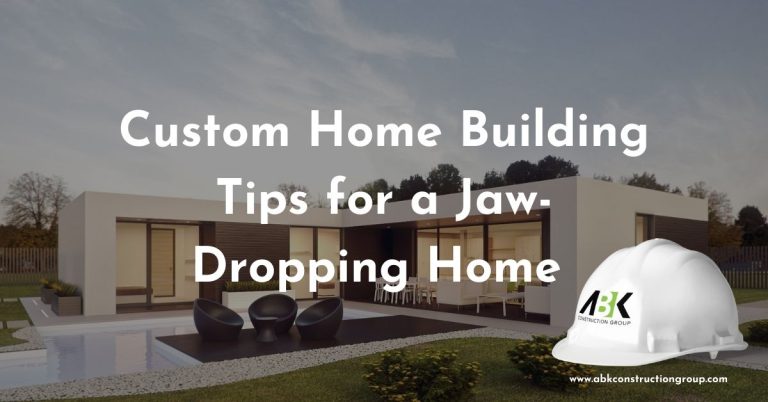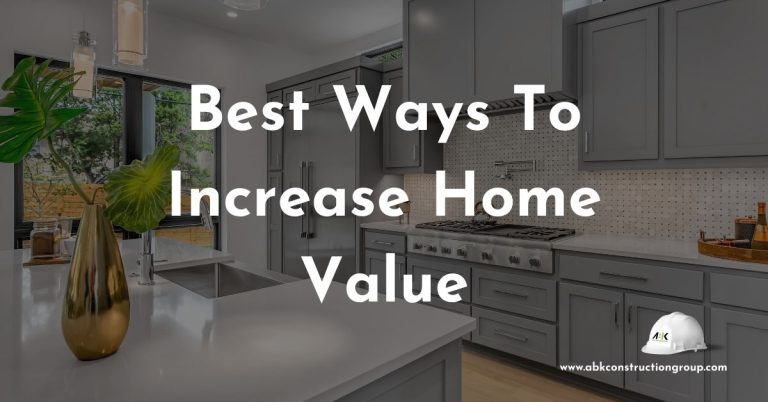The process of building a house in Florida - Complete Guide
Building your dream home can be an exciting process, but it also takes time and careful planning. In this guide you will learn about all of the steps involved in creating your custom dream home from start to finish, including choosing the perfect lot, choosing materials and style, building inspections, and construction timelines. If you’re ready to build your dream house in Florida, this step-by-step guide will help you get started!
Table of contents
1. Choosing the right spot
2. Choosing Construction Materials
3. Finding the Right Custom Home Builder
4. Researching the type of house you want
5. Clear the property
6. Lay the Foundation
7. Have an inspection done on the foundation
8. Build the frame of the house
9. Plumbing, Electrical, and HVAC
10. Insulate the Walls
11. Drywall
12. Interior Finishes
13. Exterior Finishes
14. Floor Installation
15. Final Home Inspection
16. Final walkthrough
17. Conclusion

1. Choosing the right spot
Choosing where to build your dream house is probably one of the most important parts of the process of building a home. Be sure to choose somewhere that is private, somewhere that has beautiful views, and somewhere where you have plenty of room. If you can’t decide on an area, talk to your custom home builder about construction in Florida. Each location can offer unique landscapes and exclusive amenities.
2. Choosing Construction Materials
When designing your custom home, you’ll need to decide what materials to use. The most popular home-building materials are wood and vinyl, but there are many other options available if those don’t suit your needs. Knowing your options can help you get exactly what you want out of your new home. Brick is one of the most popular home-building materials because it lasts for decades with little maintenance. You can choose from several different types of brick, including red brick or yellow brick (called buff), depending on your home design style. Brick is often used as an accent color around windows or doors.

3. Finding the Right Custom Home Builder
Before you can start building your dream home, you’ll need to find a custom home builder that you trust. To do so, take your time and carefully research potential builders—look at their past projects, references, and licensing. Once you’ve found a builder that meets your criteria, it’s time to make an appointment for an initial consultation. Check out our blog post on how to find the right custom home builder for your projects and questions you need to ask.
4. Researching the type of house you want
Here are some questiona you might want to ask yourself before building your dream house.
1. Are you going to build a new house or will you be tearing down an old one and rebuilding it?
2. Are there certain requirements for building codes in your city or state?
3. Do you like bungalows?
4. Do you prefer modern homes with lots of glass windows?
5. Would you rather go for something more traditional, like a colonial home or ranch-style home?
Be sure to take pictures of any houses that catch your eye so you can show them to your architect and builder. You can try visiting homes built by custom home builders in Florida to get a feel for how they work.
5. Clear the property
Before building begins, you need to clear any trees or brush that are on your property. If there are specific plants or flowers you’d like to keep, it may be worthwhile to plant them in pots before work commences so that they don’t die. You will also want to make sure your property is completely clean and cleared out, which means removing items such as trash and old furniture. This will help speed up the process of building your home.
6. Lay the Foundation
Before you can start building, you have to make sure you get your foundation right. The size and shape of your home’s foundation will depend on what type of home you want to build. Once you know how much space it needs, where its corners are going to be, and which direction it’s facing, you can begin laying down concrete blocks in preparation for pouring cement. The concrete will go through a curing process to reach maximum strength.
7. Have an inspection done on the foundation
Before moving forward with any construction plans, have an inspection done on your foundation by a licensed professional. Your inspector will let you know if there are any issues with your foundation—and guide you through how to fix them.
8. Build the frame of the house
You can’t build anything until you’ve built something. And to build something, you’ll need to start by putting up some kind of structure or framework. This is usually referred to as the frame because it’s all about, well, framing things out. The frame is what all other aspects of your house will rest on, so it needs to be sturdy and support everything else that goes on top of it. It also has to be stable enough to withstand any weather conditions (think hurricanes). It should also have enough space for utilities like plumbing and wiring, which are important components in any home building process.
9. Plumbing, Electrical, and HVAC
Making sure you have all three utilities (plumbing, electrical and HVAC) done in your home is extremely important. These utilities are essential to ensure that your home is safe and ready for living or building on. Your home build process starts with great plans to ensure these processes are done correctly for long-term durability.
10. Insulate the Walls
There are three common ways to insulate a wall: blown-in, open-cell foam insulation, closed-cell spray foam insulation, and fiberglass. Blown-in or open-cell foam has an R rating (insulation value) ranging from R2.5 to R6 per inch; closed-cell foam can range from R8 to R15 per inch. A higher value means better thermal performance.
11. Drywall
Drywall is the primary material used to build interior walls and ceilings. Once it’s attached, drywall is smooth, pliable, and very sturdy. Contractors will typically use nails or screws to hold up drywall, but if they’re using screws they have to be countersunk so that they don’t show when paint or wallpaper is applied over them.
12. Interior Finishes
Next step is adding and installing the interior features. This includes doors, baseboards, casings, window sills, kitchen counters and cabinets, bathtubs, vanities, etc.

13. Exterior Finishes
This phase is dedicated to landscaping, driveways, walkways, patios, and exterior decorating. The exterior of your house is the first thing people see when they look at your home, so you must choose colors and materials that reflect your taste.
14. Floor Installation
Carpet and hardwood flooring are added in this late stage. There are many different types and styles that are made for any area in your home and give you plenty of options for a unique look. Make sure to check with your builder on the status of your hardwood finishing process so you don’t accidentally damage them.
15. Final Home Inspection
16. Final Walkthrough
After months of work, it’s finally time to sit back and relax. The final walkthrough before closing is your last chance to inspect everything with a fine-tooth comb and ensure that everything is up to your expectations.
Conclusion
So, there you have it! The entire process of building a custom home. Of course, this is just an overview and your builder will work with you to personalize the process according to your needs and specific location.
Ready to build your dream house in Florida?
Contact us today for all your construction needs!
You May Also Like

Custom Home Building Tips for a Dream Home
Custom Home Building Tips to build your Dream Home Building your dream home can be quite an endeavor, but it doesn’t have to be as

Best Ways To Increase Home Value
Best Ways To Increase Home Value What are the best ways to increase home value? We will look at two different ways to do this,

Custom Home Builder SFL-How to choose the best?
Custom Home Builder in SFL – How to choose the right one? Custom homes in South Florida are some of the most sought after residences

Custom Home Trends in 2022
Custom Home Trends In 2022 The housing market in 2022 will be drastically different than it is today, and custom homes will be the norm


